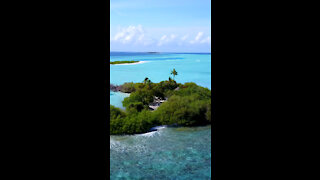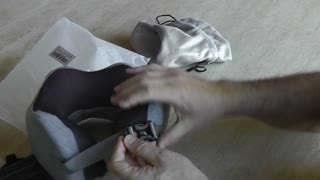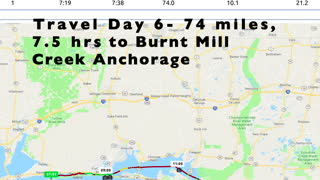Travel: Berat, Albanian pronunciation Travel: Divjaka Albania Beach
Berat (Albanian pronunciation: [ˈbɛ:rat], definite Albanian form: Berati), historically known as Poulcheriopólis and Antipatreia, is the ninth most populous city of the Republic of Albania. The city is the capital of the surrounding Berat County, one of 12 constituent counties of the country.[1] By air, it is 71 kilometres (44 miles) north of Gjirokastër, 70 kilometres (43 miles) west of Korçë, 70 kilometres (43 miles) south of Tirana and 33 kilometres (21 miles) east of Fier.
It is thought that Divjaka hills near Terbuf have been inhabited since ancient times. This is evidenced by the many archeological objects found in these hills, as well as the many graves found in these places. In the south of Divjaka near the village of Mize and Xeng from the opening of a drainage canal were found some tjegula, rhubarb pieces, a kovaei 12 cm twin, and two wheels with diameters 18 & 10 cm and various fragments of dishes. The pieces of tile and bricks found in this arc are idetic with the tiles and bricks found in the tombs of the villages mentioned above. In the village of Mize are found around the 70 × 40 × 2cm tiles covered with tiles, pots and clay tiles as well as iron works, which belong to the early medieval.
All materials found as: Chipboard, silks, candle dishes, have existed in the Divjaka Museum and belonged to the III-II century BC. With the exception of a few Hellenistic environments and other objects, all the others are Illyrian-Albanian. As a matter of fact, Divjaka and the surrounding hills have been inhabited since ancient times by the famous Illyrian tribe of Taulants and later from the early Albanians.
Another fact is a stone found in Divjake with a Latin inscription, which is a street stone and proves that in this area there has been a road connecting Apollo with Dyrrah (Durres) and it is said to have been a branch of Egnatia road that went for Skampa (Elbasan) according to our map Our region in the IV-V century of our era
-
 1:40
1:40
WPTV
3 years agoTravel nurses face affordable housing obstacles in Palm Beach County
6 -
 0:16
0:16
EntertainmentVideos
3 years agoTravel Shot
12 -
 11:00
11:00
MalickInc
3 years ago $0.01 earnedPLAYA DEL CARMEN BEACH 2020 - MEXICO TRAVEL VLOG OCT 2020 008
63 -
 1:04
1:04
WFTX
3 years agoHoliday travel
388 -
 0:21
0:21
WFTX
3 years agoPost-vaccine travel surge
31 -
 2:38
2:38
KATMAN
3 years agoTravel Pillow Review
363 -
 1:49
1:49
JimmysMooies
3 years agoScamp Travel Trailers
111 -
 1:49
1:49
JimmysMooies
3 years ago $0.01 earnedVintage Travel Trailer
125 -
 7:20
7:20
Rickbrunner
3 years ago $0.01 earnedGreat Loop Travel Days 4-6 Ingram Bayou, Navarra Beach, Burnt Mill Creek
63 -
 0:50
0:50
KERO
3 years agoThanksgiving travel predictions
363